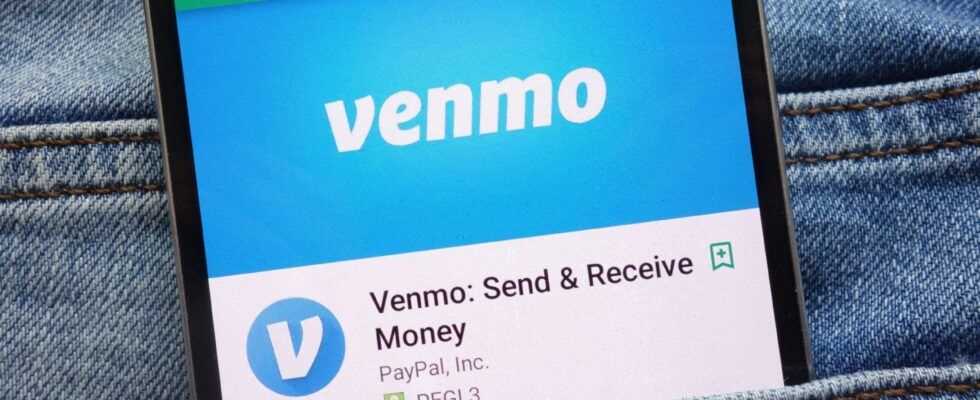Circle wants to become a bank. If the SEC approves the application, the in-house stablecoin USD Coin could also develop into serious tether competition.
Circle is aiming for a banking license. As the company behind the second largest US dollar stablecoin USD Coin (USDC) yesterday, Monday, August 9th, communicated, Circle plans to become a full money bank. This means that all deposits must be 100 percent covered by cash or cash-like reserves. Typically, banks only hold fractional reserve shares in deposits. As a full reserve bank, Circle would be fully on the crypto line.
We believe that full reserve banking based on digital currency technology can lead not only to a radically more efficient, but also to a safer and more resilient financial system,
CEO Jeremy Allaire summarizes the hoped-for gain in stability.
Should the competent financial regulator SEC the application Agree, Circle would be one of the few crypto-sector companies to hold a full banking license in the US. The company would then be under the supervision of various agencies such as the Federal Reserve, the US Treasury and the Office of the Comptroller of the Currency (OCC).
The advantage of a banking license would be that Circle customers could hold their own funds. That would give the company more independence, as stated in the SEC filing. In addition, banks can hold accounts with the central bank and thus refinance themselves cheaply.
Trendy USDC
Meanwhile, the in-house, physically backed stablecoin continues to soar. At press time, USDC’s market capitalization is approximately $ 28 billion. For comparison: A year ago it was around USD 1.2 billion. USDC is now the eighth largest cryptocurrency. The second largest stablecoin is still significantly smaller than the industry leader Tether (USDT). After all, it has a market capitalization of around USD 72 billion.
Most recently, BTC-ECHO also reported on the planned IPO, which Circle and Concord Acquisition Corp intends to carry out on the New York Stock Exchange in the fourth quarter of this year.
